caring for our land and environment has been an essential part of peninsula hot springs since the beginning.
Richard Davidson (who co-founded Peninsula Hot Springs with his brother Charles) was a horticulturalist, and our Land & Environment team continue to apply horticultural principles in their work.
We believe that a healthy, thriving and balanced ecosystem is not only the backdrop to wellbeing: it’s the bedrock. The Land & Environment team see land care, conservation and regeneration as deeply connected to the experience of wellness. Our team comes from an ecological, scientific perspective while experimenting with creative, unexpected ways of using plants and landscape materials for aesthetic effect.
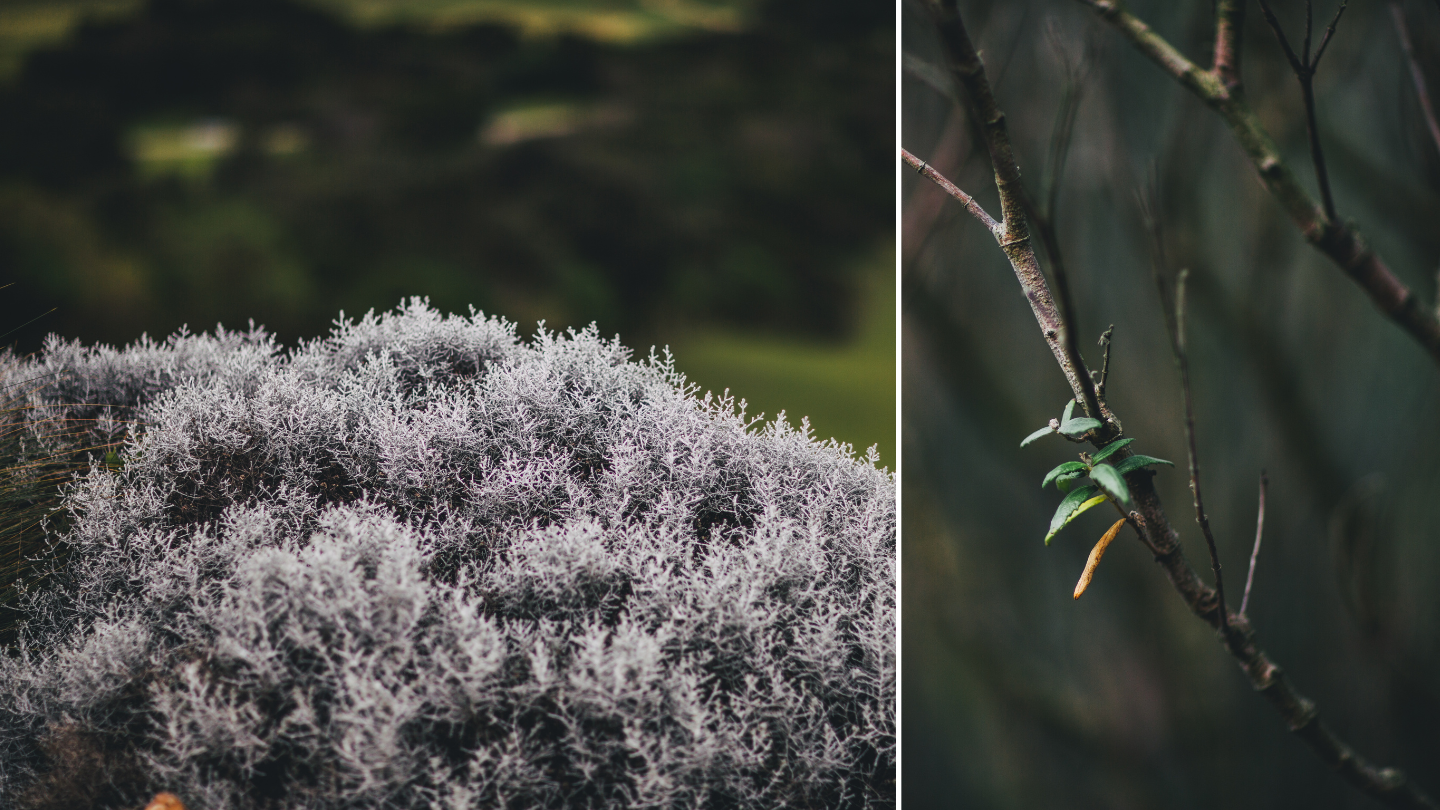
our grounds
indigenous bushland
The Peninsula Hot Springs site was once a paddock that had been cleared of indigenous vegetation. Over the last 25 years, we’ve worked to revegetate the grounds in line with the Coastal Alkaline Scrub Ecological Vegetation Community that would have covered most of the southern Peninsula in 1750 and remains within valuable patches today. This type of vegetation involves some lower tree canopy with a great diversity of plants such as grasses, orchids and lilies. Some plants, such as orchids, persisted in the soil despite earlier clearing and grazing.
This vegetation type is considered rare due to land clearing and development, and we are honoured to care for such a large piece of land with significant ecological value. Our site includes many endangered species that we are actively planting in the gardens and bushland, and we are increasing plant diversity by encouraging natural regeneration.
Restoring and revegetating indigenous bushland provides habitat for various kinds of snakes, lizards, bats, echidnas, wallabies, possums, frogs, native rats, bees, butterflies, dragonflies and other creatures.
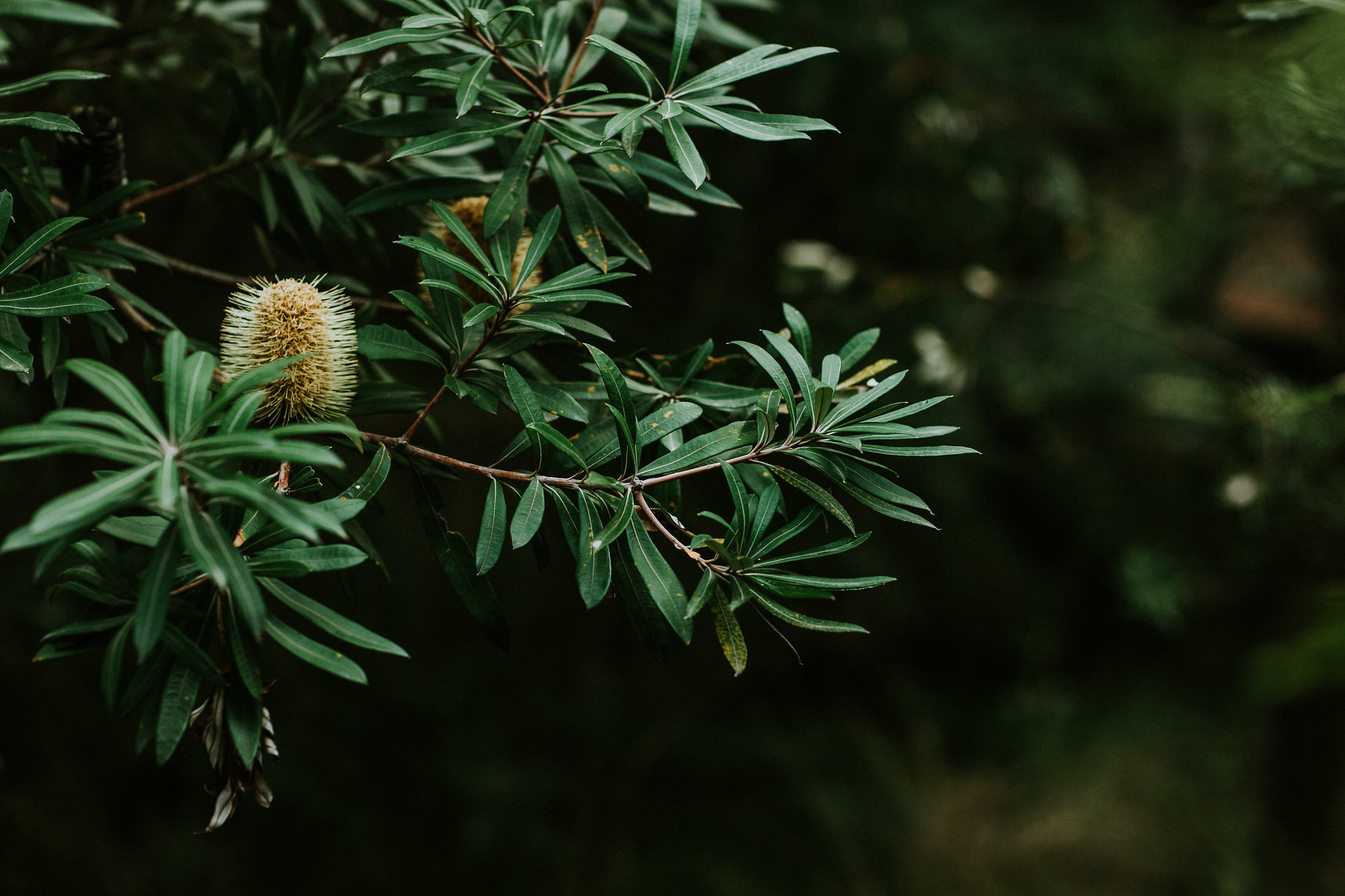
native gardens
The native gardens that surround our geothermal pools feature over 100 indigenous plant species, including some varieties that are rare and threatened. Our Land & Environment Team plants in line with the local Ecological Vegetation Community (EVC) and borrows representative specimens from the surrounding areas — such as the coastal dunes of St Andrews Beach and the foothills of Red Hill.
Our grounds team cleverly weaves together ecological principles with the aesthetics of a maintained garden and creating habitat for a variety of native fauna species, and have recently recorded 17 different species of native bee within the grounds. We hero small, uncommon plants such as indigenous grasses, native thistles and annuals not often seen in traditional horticulture. Including these kinds of plants serves as a safehold for indigenous biodiversity. Many areas of garden stay green while deciduous plants die off or lose their leaves, and something is always flowering in the gardens.
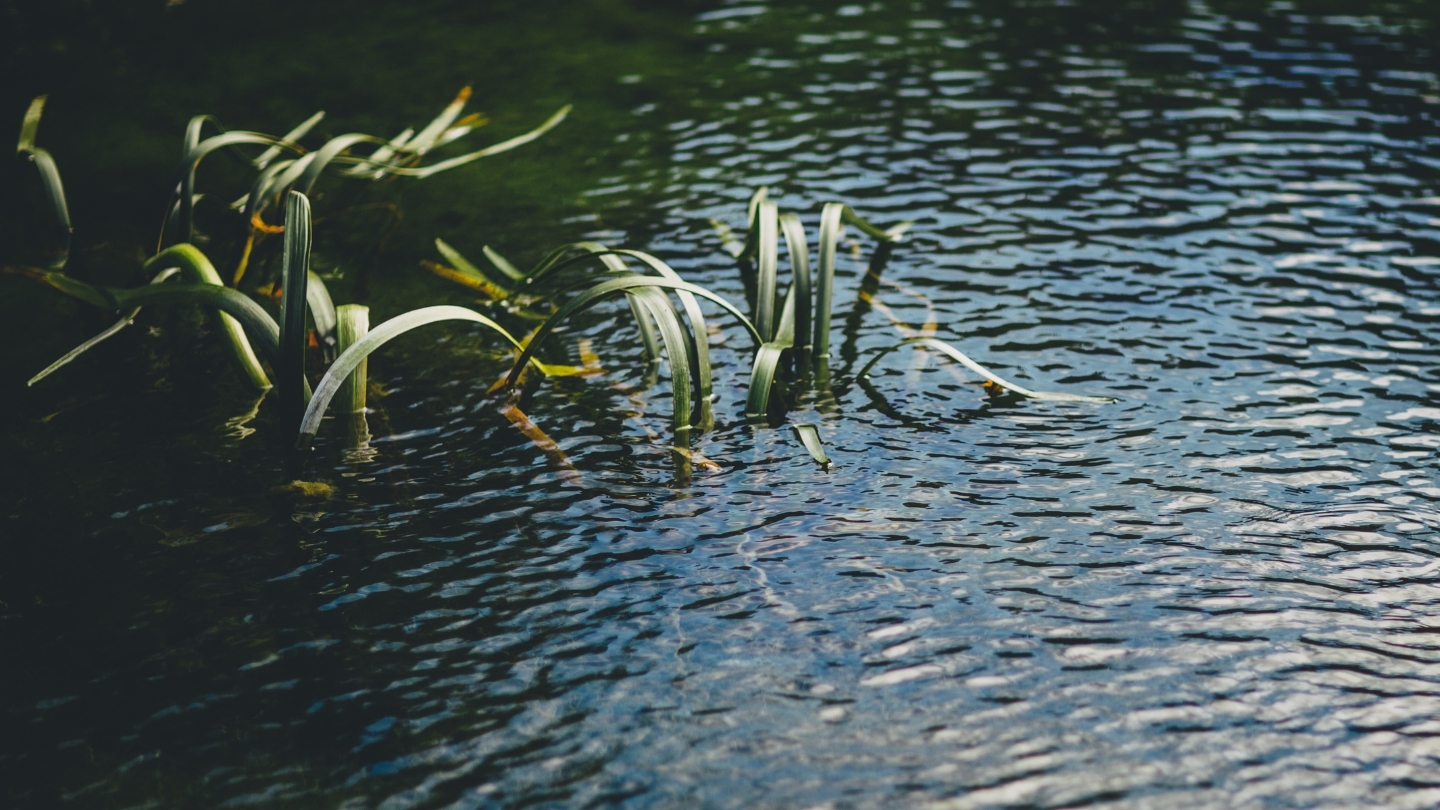
wetlands
Man-made wetlands are a main feature throughout the bathing areas and grounds. These areas include a diversity of plant species, including the spectacular Narrow-leaf Cumbungi (Typha domingensis), Water Ribbons (Triglochin procera), Slender Knotweed (Persicaria decipiens) and Running Marsh flower (Villarsia reniformis).
Wetlands at Peninsula Hot Springs provide habitat for a variety of water birds (some migratory species), 11 frogs species, six snake species, 12 lizard species, 17 native bee species and a wide range of other insects including butterflies and dragonflies.
During your next visit, wander and explore the beauty of our natural surrounds that contribute significantly to our wider nature story.
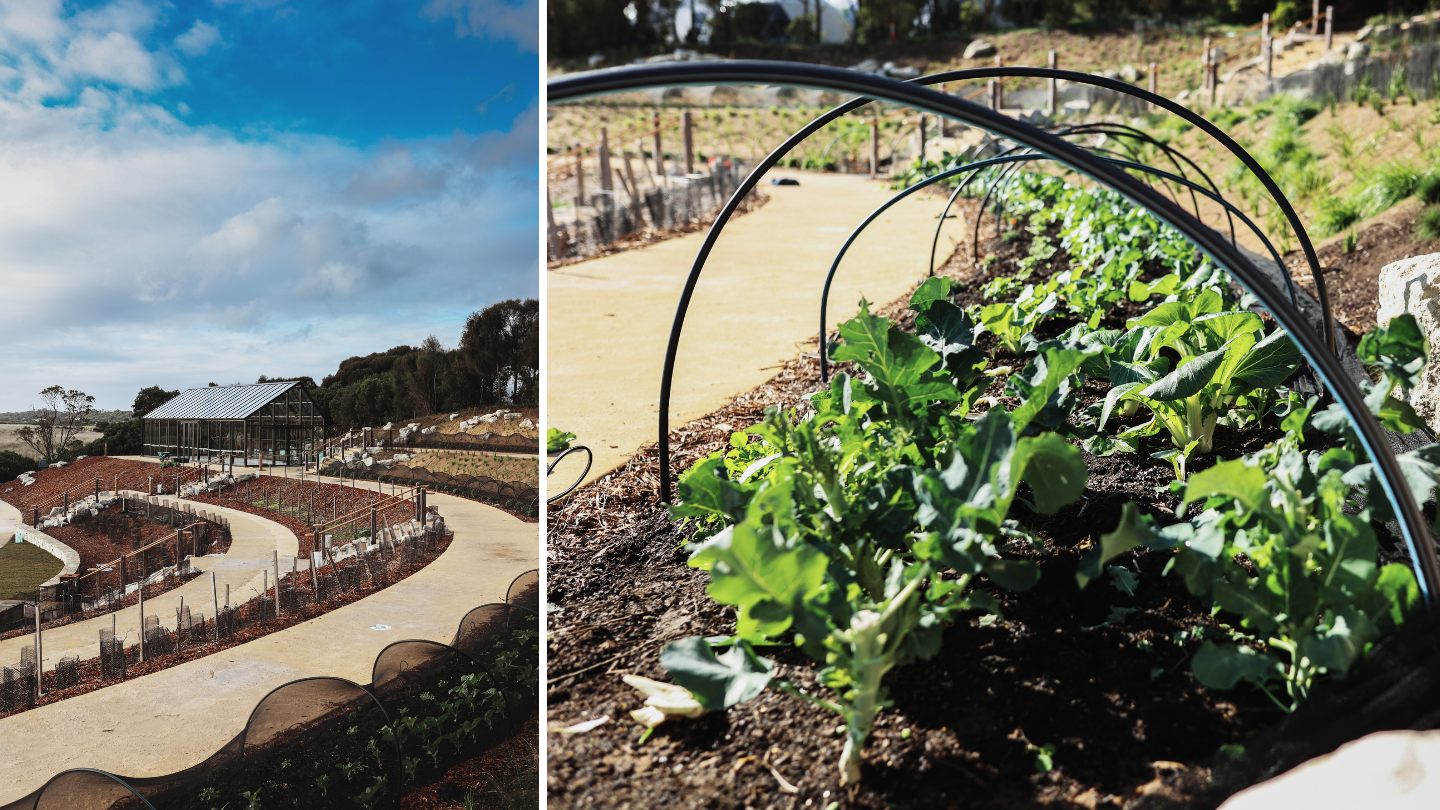
the food bowl
Our Food Bowl is based on organic and regenerative agricultural principles and is focused primarily on soil health and biodiversity. Our Land & Environment team employs practices such as composting kitchen and garden waste, crop rotation, companion planting and cover crops to enhance the availability of soil nutrients and water.
The team focuses on biodiversity by using only organically certified chemicals in the style of integrated pest management (IPM), which encourages pollinators and other beneficial insects. We also practise sustainability by saving seeds from our crops (these are adapted to our specific soil conditions and climate) and include local indigenous plants to provide habitat for native animals such as lizards, bats, birds and insects.
Our Food Bowl is growing in provision and includes herbs, edible flowers and seasonal crops such as tomatoes, zucchinis, broccoli, cabbage, kale, capsicums, sorrel and plenty more. We currently supply our on-site restaurants with some of their fresh produce, and our aim is to eventually pluck 5% of our kitchen ingredients from our very own Food Bowl.
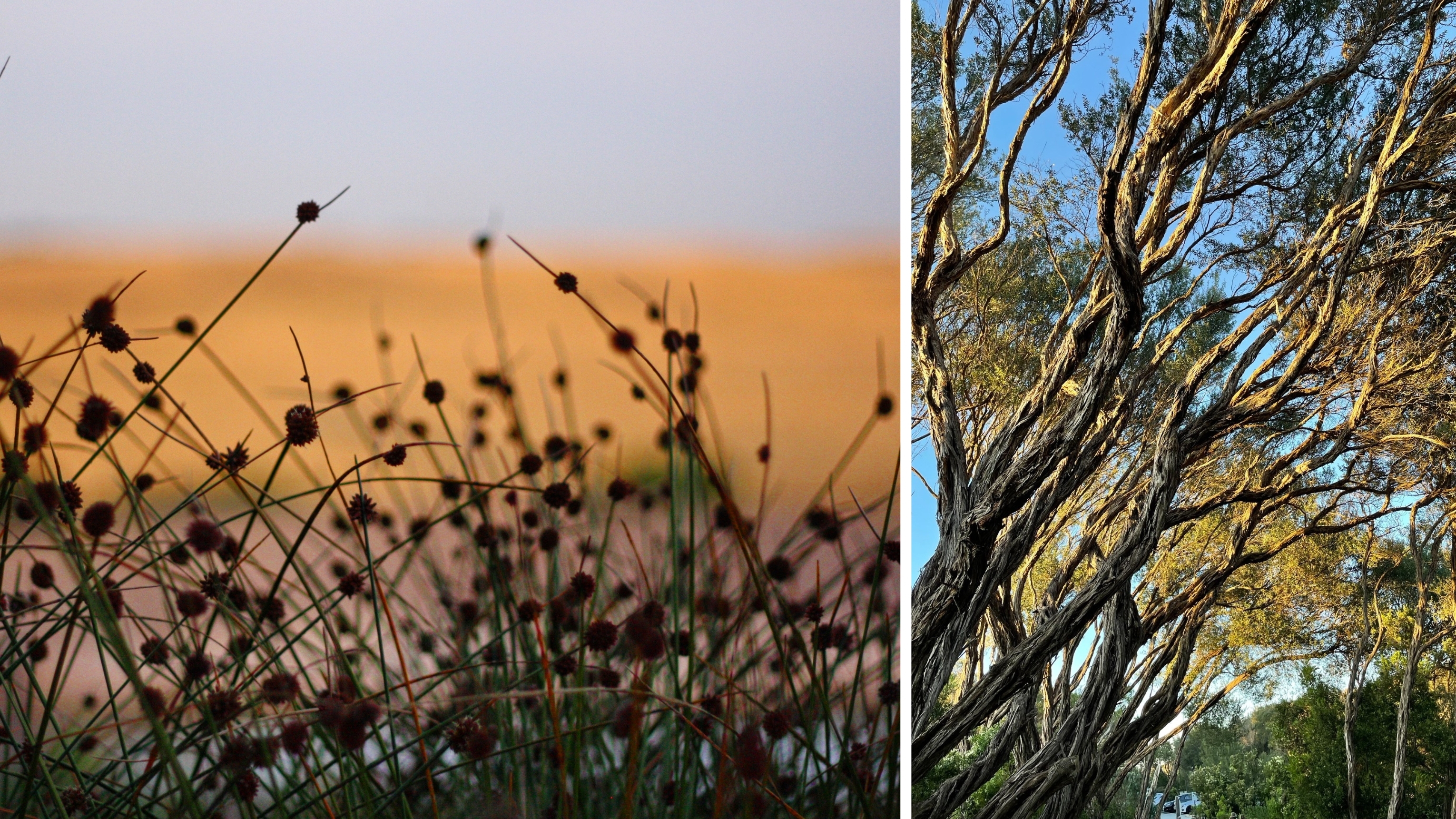




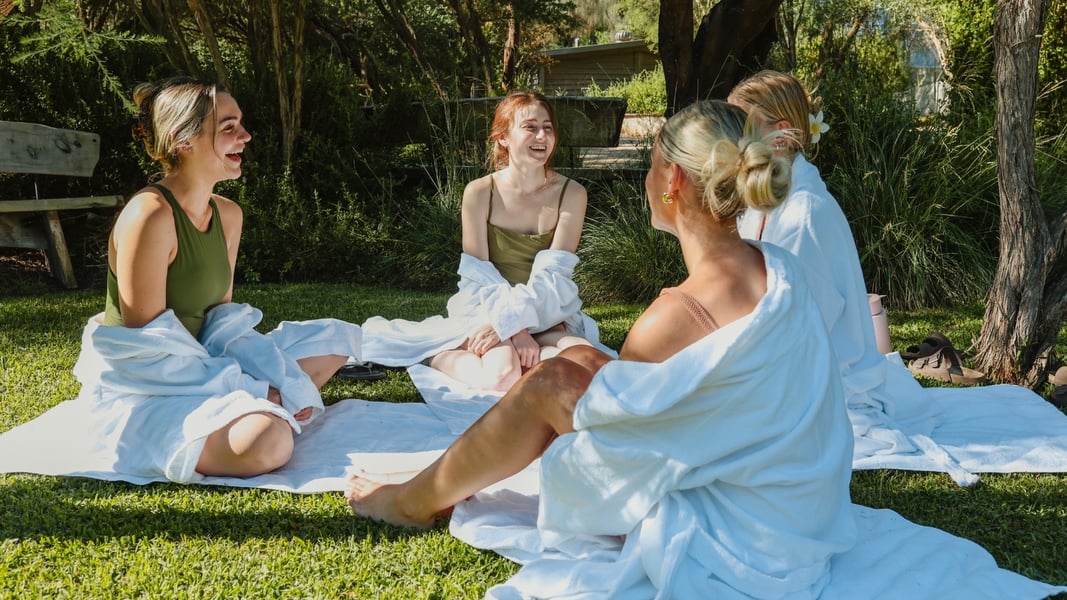
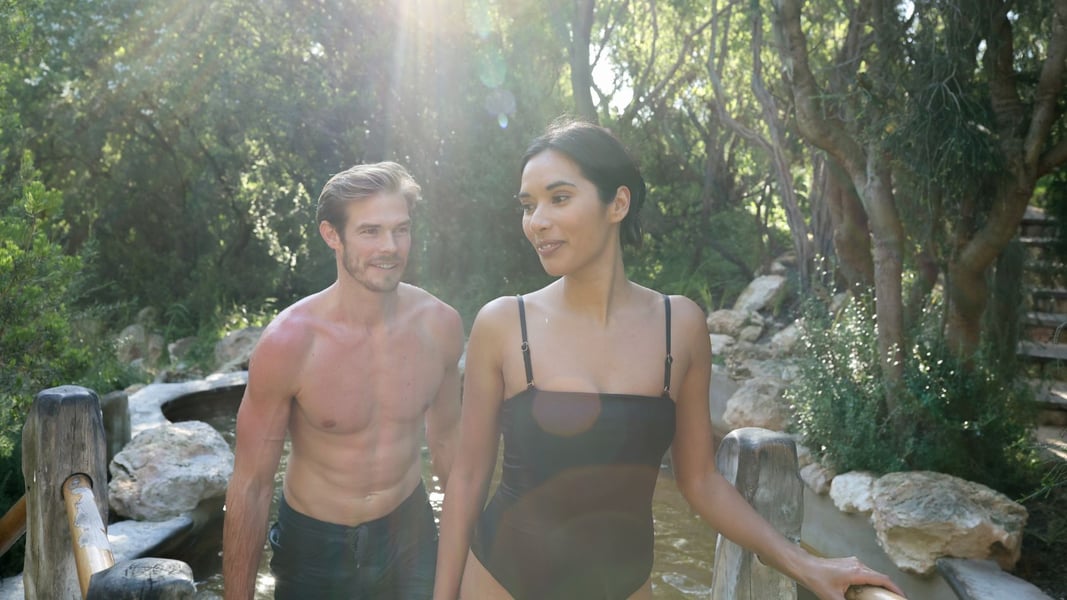
.jpg?height=600&name=PHS_HilltopPool%20(3).jpg)